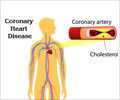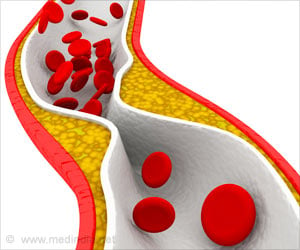A new imaging technology developed by Spectrum Health's Frederik Meijer Heart and Vascular Institute researchers helps predict who is at risk for a heart attack.

Knowing what type of plaque is present in narrowed arteries may help a physician determine a patient's risk for heart attacks and may lead to novel treatment options to avoid a serious cardiac event.
Previous research during autopsies has shown that most major heart attacks called ST-segment elevation myocardial infarctions (STEMIs) are caused by the rupture of lipid core plaque (LCP), a type of plaque rich in cholesterol.
However, this is the first study to document the presence of LCP in living patients. The LCP was detected with the use of near-infrared spectroscopy (NIRS) performed with a special coronary catheter.
The study used this NIRS system to measure cholesterol in the plaques of 20 patients experiencing a STEMI.
The measurements were made after blood flow was reestablished but before a stent was placed to keep the artery open.
Advertisement
"This signature is detectable at the time of cardiac catheterization using a novel intracoronary imaging device. It is our hope that this signature may be capable of predicting a myocardial infarction before it happens," he said.
Advertisement
The findings are published online in the Cardiovascular Interventions Journal of the American College of Cardiology.
Source-ANI















